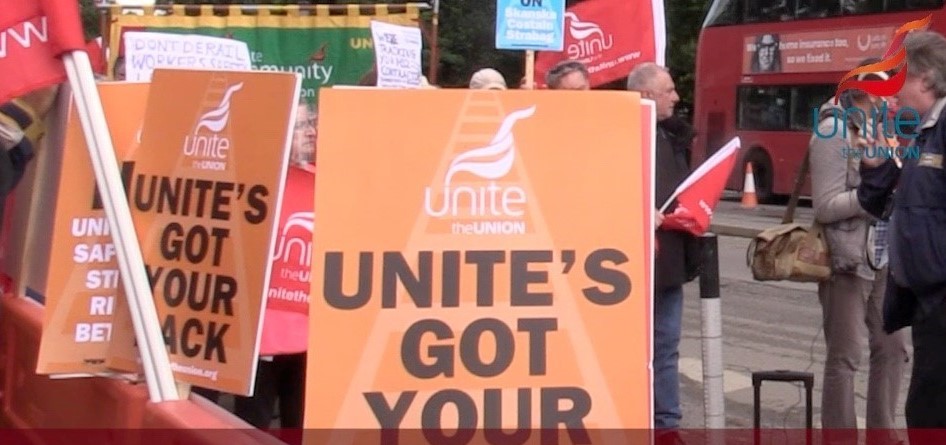Sorry tale of fat cat greed
Greedy Carillion fat cats are still creaming exorbitant amounts of taxpayers’ cash handed to them by the Tories, even as tens of thousands face losing their jobs following the construction firm’s collapse.
Former chief executive Richard Howson, who quit last July in the wake of a severe profit warning, is entitled to his ÂŁ55,000 month basic salary until October under the terms of his contract.
In the wake of Carillion’s liquidation, other former executives will also continue to rake in substantial salaries despite the danger of workers being left with nothing and the public facing bill of hundreds of millions to clean up the mess.
Describing the situation as a “joke”, Unite leader Len McCluskey said it reflected a “culture of take, take, take” at privateer firms and must prompt a debate about the future of “private companies in public services”.
Adding to the concerns that outsourcing taxpayer-funded projects often results in “socialised losses and privatised profits” is the fact that Carillion bosses presciently protected their bonuses in 2016 by amending the troubled firm’s pay policy.
In a move that will provoke fury amongst staff who may lose their jobs and 20 per cent of their pensions, executives implemented changes that made it harder for investors to reclaim bonus payouts in the event of Carillion going bust.
Galling
Just as galling to Carillion’s 20,000 employees and the 30,000 businesses at risk because of the company’s liquidation, is the assortment of former bigwigs who will continue to profit regardless of the construction giant’s spectacular downfall.
Ex-finance chief Zafar Khan left last September with a package that pays ÂŁ425,000 over 12 months, while interim chief executive Keith Cochrane, scheduled to leave in February, is set to be paid a ÂŁ750,000 annual salary until July.
Others who have done well out of Carillion include former director of finance, Richard Adam, who since 2009 earned ÂŁ6.6m in pay, pension and bonuses before he retired at the end of 2016, and chairman Philip Green, who has pocketed more than ÂŁ500,000 since his appointment in 2014.
In contrast private sector Carillion subcontractors – ordinary working people – are only guaranteed their wages for 48 hours.
Nor is it just fat cats who were sitting pretty as the firm hurtled towards disaster. Shareholders also received dividends of ÂŁ400m between 2012 and 2016.
The investor pay-out was double what Carillion put in its workers’ pension scheme during the same period, even though the scheme’s deficit was £400m in 2015 and had hit £590m when the firm collapsed.
Vultures swoop
Meanwhile, vulture hedge funds, aware of Carillion’s dire financial difficulties, began betting against the firm’s success and have earned more than £80m from the disaster, according to an estimate by IHS Markit.
One of the firms to profit from Carillion’s collapse, Blackrock Investment Institute, employs former Chancellor George Osborne as an advisor on a £650,000 a year salary – though there is no suggestion he was involved in the Carillion bet.
However, Unite general secretary Len McCluskey did highlight the irony of Osborne’s previous championing of Carillion.
In a tweet, McCluskey said, “While 50,000 workers don’t know what the future holds, we now know that George Osborne hailed Carillion’s part in his long-term economic plan, a ‘plan’ still causing long-term misery for so many families and communities.”
McCluskey added, “There is a wider debate about whether the private sector can deliver a quality service or if it is more concerned with profits and dividends. Clearly it is the latter.”
 Like
Like Follow
Follow


